Streamlining Environmental Rules to Speed Up Construction

California is finally cutting through the red tape that’s been strangling housing development for decades. Two comprehensive budget trailer bills include a streamlining package that breaks down long-standing development barriers, modernizes CEQA review for critical housing and infrastructure, and creates new tools to speed up production, reduce costs, and improve accountability across the state. The changes are sweeping and significant – developers no longer have to navigate as many environmental hurdles just to build basic housing.
No longer will CEQA be leveraged to stall critical county wildfire, water and housing projects. Local governments had been using environmental reviews as weapons against development, creating years of delays and massive cost overruns. Now these rules are being rewritten to focus on actual environmental protection rather than blocking housing at every turn.
Cracking Down on Cities That Block Housing
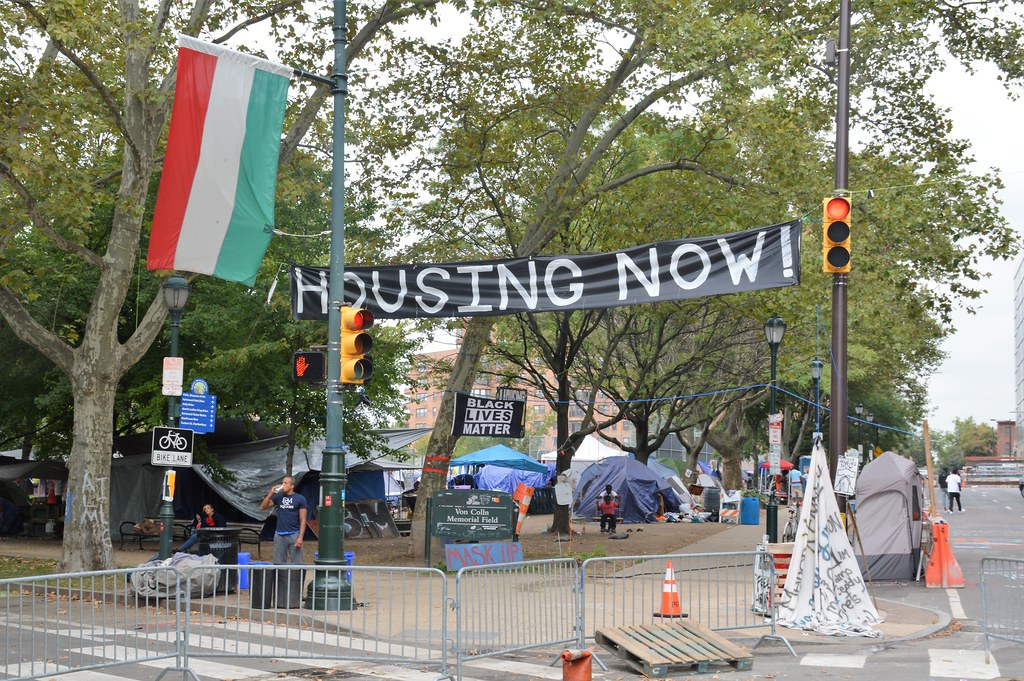
SB 1037 by Senator Scott Wiener cracks down on local governments that block or delay approved housing, imposing penalties up to $50,000 per month — funds that go right back into supporting affordable housing in those same areas. This isn’t just a slap on the wrist anymore – cities face real financial consequences for dragging their feet on housing approvals. The state has already put this enforcement muscle to work, with the unit suing several Southern California cities, including Huntington Beach, Coronado, Malibu and Fullerton, arguing they violated state law by not planning for enough housing.
The enforcement approach is working. The Newsom administration has pointed to more than 7,800 housing units that local governments have green-lit after state housing officials intervened. Cities are finally getting the message that they can’t just say no to housing indefinitely.
Creating a New State Housing Agency

California is finally getting a housing agency. The reorganization should simplify California’s snarled affordable housing financing system and make housing and homelessness cabinet level. For years, housing programs were scattered across different departments, making it nearly impossible to coordinate efforts effectively. This new agency brings everything under one roof, with direct access to the governor’s office.
The move represents a fundamental shift in how California approaches housing policy. Instead of having programs spread across multiple departments that don’t talk to each other, there’s now a single point of accountability. This should eliminate the bureaucratic maze that developers and local governments have been stuck in for years.
Freezing Building Codes to Control Costs

California’s so-called 2025 code is set to go into effect in January 2026. No additional changes would be allowed until June 1, 2031. The building industry has been hammered by constant changes to construction requirements, with new rules adding costs and delays every few years. The experts who help write the state’s building standards have health and safety and other criteria in mind but they don’t have cost as a factor in their decision making — well, they should.
This freeze gives builders predictability for the first time in decades. On the whole, the California building code would be set on cruise control for the better half of a decade. Developers can finally plan projects without worrying about new regulations coming down the pipeline that could blow up their budgets.
Fixing California’s Broken Housing Goals
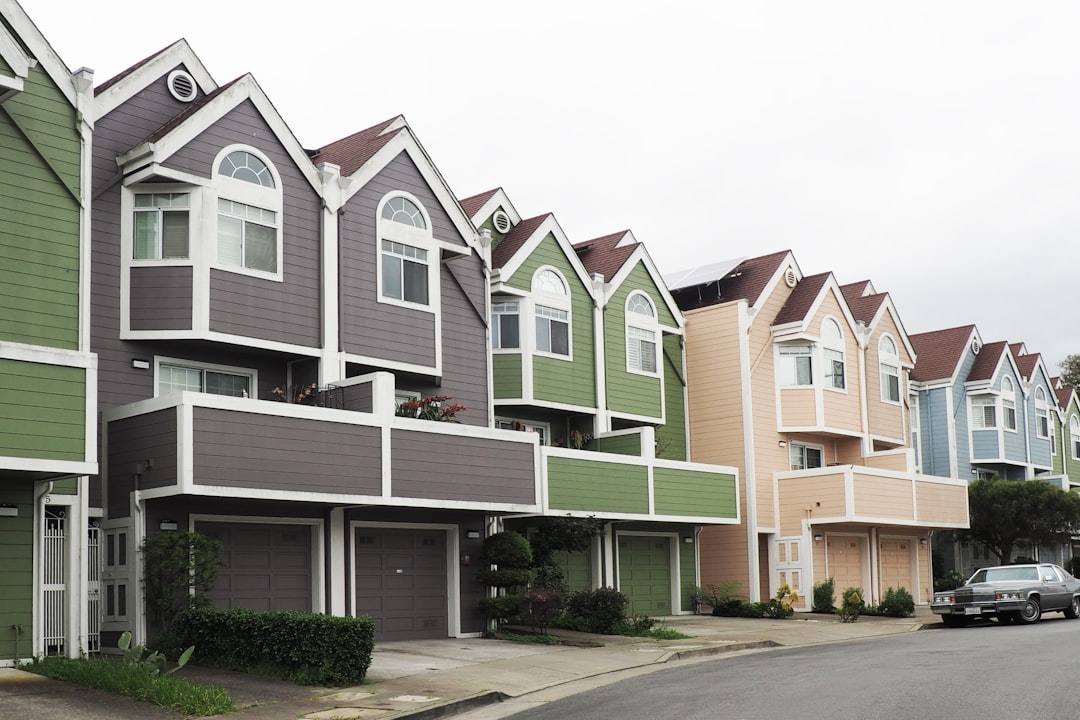
The state’s housing targets have been all over the map, but now there’s a more realistic approach taking shape. In 2017, Gavin Newsom set an audacious target during his gubernatorial campaign: build 3.5 million new housing units by 2025. This shortfall prompted Newsom to revise his goal in 2022, setting a new benchmark for cities to plan for 2.5 million homes by 2030. The original goal was clearly unrealistic given the state’s track record.
Since Newsom assumed office in 2019, California has permitted approximately 650,000 housing units, averaging 110,000 annually. While this represents progress—up from 70,000 units permitted in 2018—it’s far from the 500,000 annual pace required to meet his original target. The new 2030 goal is more achievable, though still ambitious.
Targeting Transit-Oriented Development
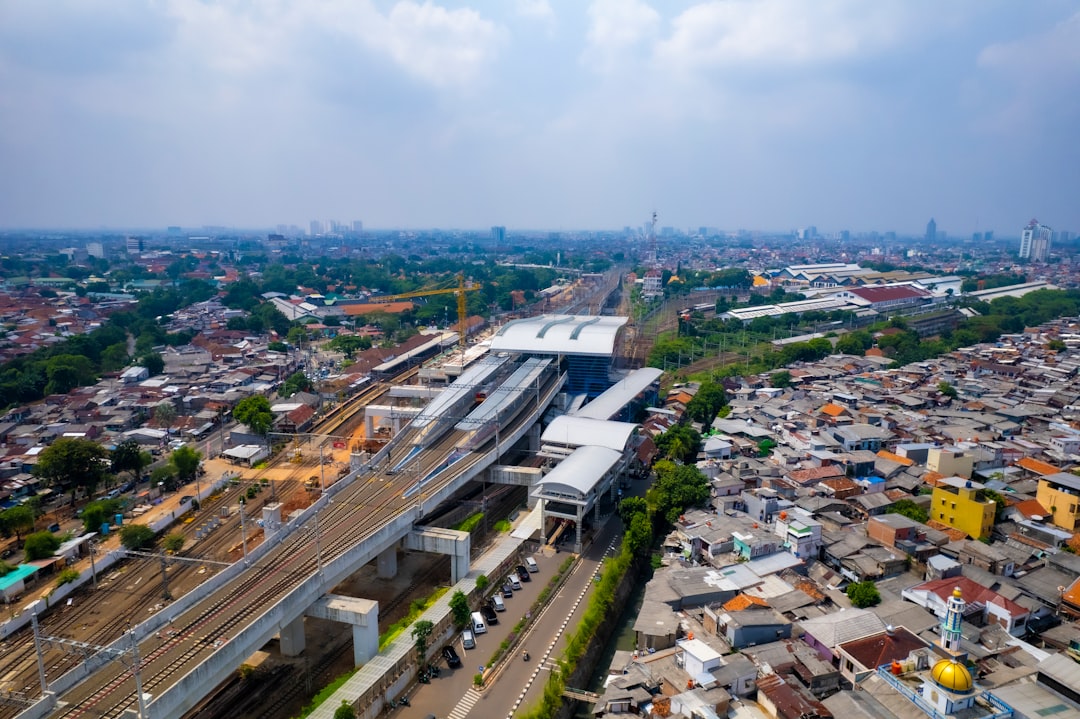
The Transit-Oriented Development Implementation Program in trailer bill AB 130 is a smart, forward-thinking approach that provides the flexibility cities need to meet our climate goals while still allowing for responsible development. This program focuses housing development around public transit hubs, reducing car dependency and emissions while creating more walkable communities.
The approach makes sense both environmentally and economically. Building near transit reduces infrastructure costs and gives residents more transportation options. Cities that have resisted density are now being given tools to make it work in their communities, rather than being forced into one-size-fits-all solutions.
Expanding Housing Construction Through Builder’s Remedy
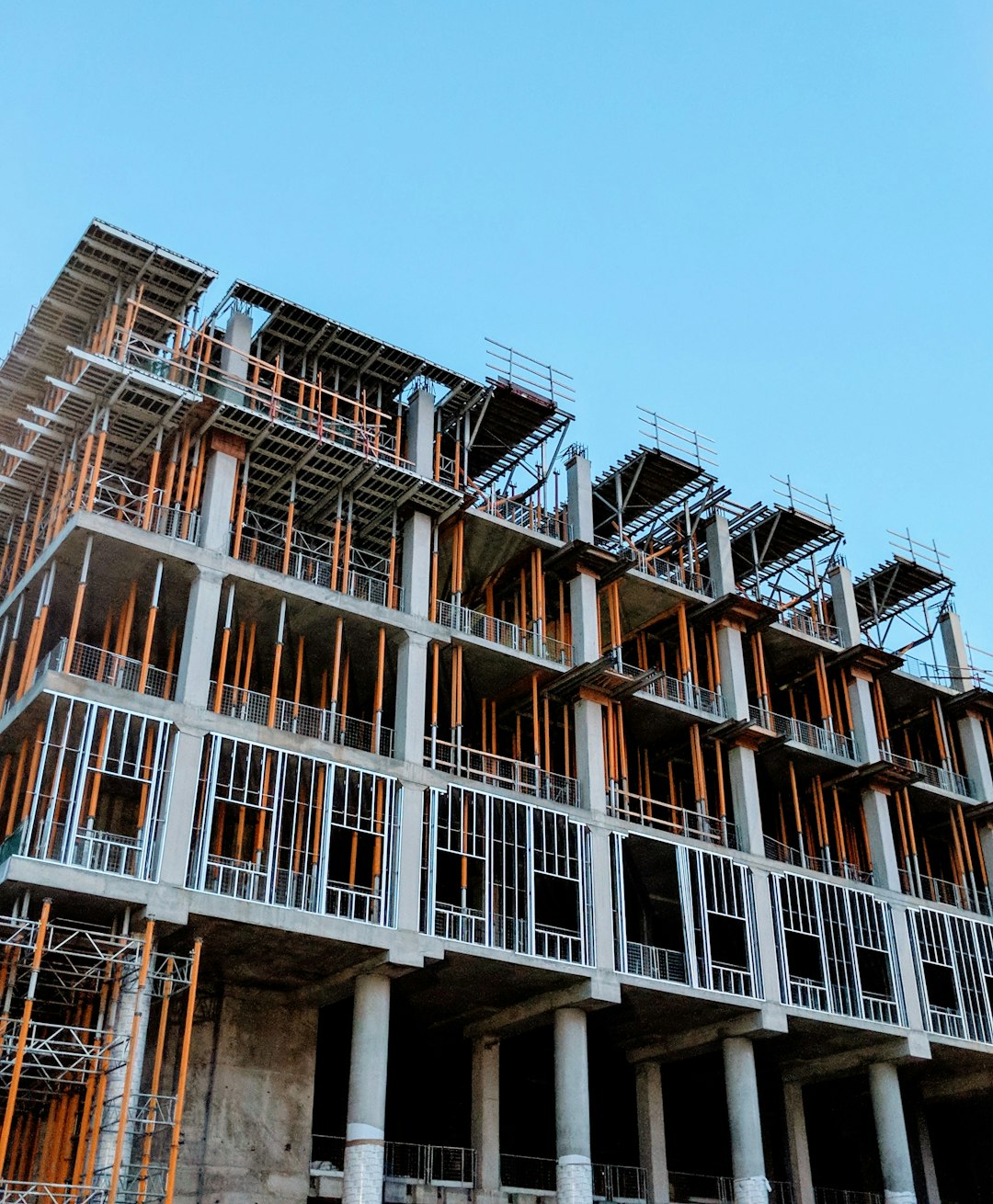
Legislators passed bills to strengthen and clarify the state’s “builder’s remedy,” a law that gives developers free rein to build denser projects in cities whose housing plans haven’t earned state approval. This tool has become increasingly important as more cities fall behind on their housing planning requirements. Out of a total of 539 local jurisdictions in the state, 221—or 41 percent—do not currently have compliant housing elements, potentially opening the door to many new “builder’s remedy” units in the future.
The builder’s remedy is controversial but effective. It essentially punishes cities that refuse to plan for housing by allowing developers to bypass local zoning restrictions entirely. Cities hate it, but it’s forcing them to actually create realistic housing plans rather than just paying lip service to state requirements.
Addressing the Affordable Housing Funding Crisis
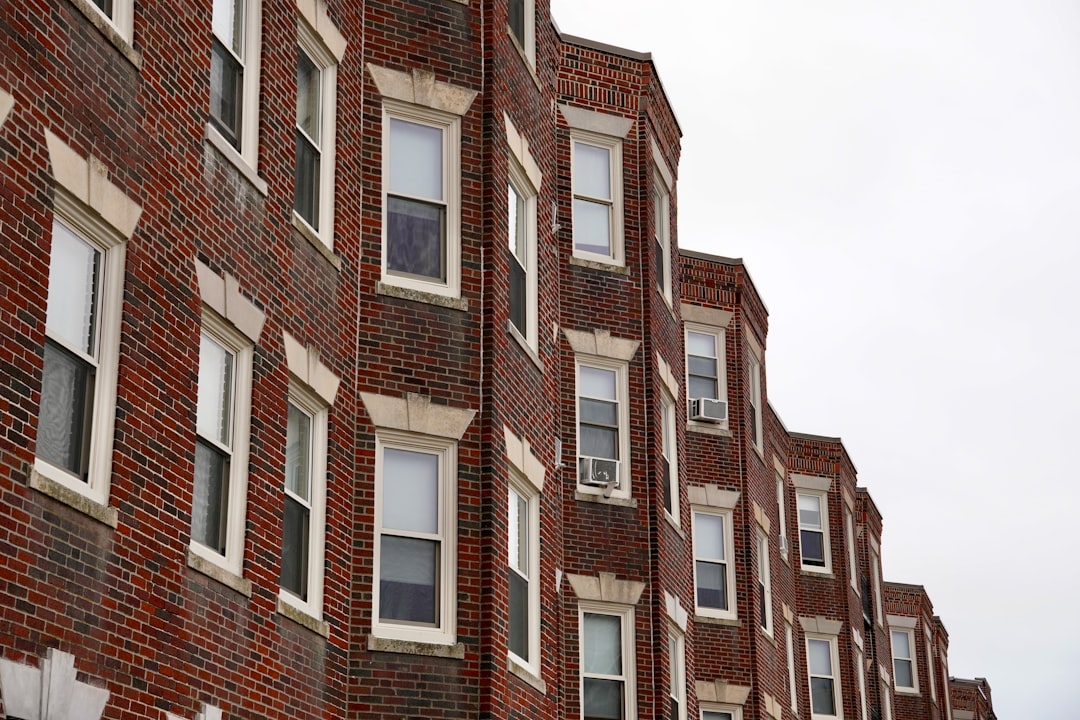
The proposed cuts to core affordable housing programs are a step back that California cannot afford. With these affordable homes unable to move forward, tens of thousands of individuals will remain without homes, our communities will lose jobs and economic opportunity, and California will forgo over $1.6 billion in federal housing resources. The state has been struggling to maintain funding for affordable housing programs amid budget constraints.
In this budget climate, a housing bond is essential to continue making progress on the state’s housing goals, including California’s goal of producing 2.5 million homes —at least 1 million of which need to be affordable to lower-income households—over the next decade. Without dedicated funding streams, the state’s housing goals remain just aspirational targets.
Confronting the Reality of Housing Costs

The numbers are stark and getting worse. Annual household income needed to qualify for a mortgage on a mid-tier California home in March 2025 was about $234,000—over 2 times the median California household income in 2023 ($96,500). This isn’t just a problem for low-income families anymore – it’s affecting middle-class professionals and even some high earners.
Monthly payments for a mid-tier home were nearly $5,900 a month in March 2024—a 82 percent increase since January 2020. Payments for a bottom-tier home were over $3,500 per month—an 87 percent increase since January 2020. These increases far outpace wage growth, making homeownership increasingly impossible for ordinary Californians.
Market Signals Show Growing Inventory

The supply of homes for sale has grown from last year’s extreme lows. The Unsold Inventory Index (time to sell current supply) was 4 months in February 2025, up from 2.9 months the previous year, as more listings hit the market. Total active listings in February grew at the fastest pace in two years, marking the 13th consecutive month of annual supply gains. This represents the first good news for buyers in years.
The market is finally showing signs of balance returning. In June 2025, 37.8% of homes in California sold above list price, down 10.2 points year over year. There were only 35.2% of homes that had price drops, up from 23.0% of homes in June last year. Buyers are getting more negotiating power as the extreme seller’s market begins to cool.
The Fight Against Local Resistance

State officials continued to lock horns in court with Huntington Beach over the Orange County city’s refusal to plan for thousands of new homes, its share of the state’s overall housing goal. They reached a legal settlement forcing the Sacramento suburb of Elk Grove to approve more affordable housing. Norwalk, a middle-class community in Los Angeles County, found itself sued by the state after its city council passed a ban on homeless shelters and supportive housing. The state isn’t backing down from cities that try to ignore housing requirements.
These legal battles are about more than just individual cities – they’re setting precedents for how the state will enforce its housing mandates. Cities that thought they could simply ignore state housing law are finding out there are real consequences for their resistance.
Looking Ahead to 2030
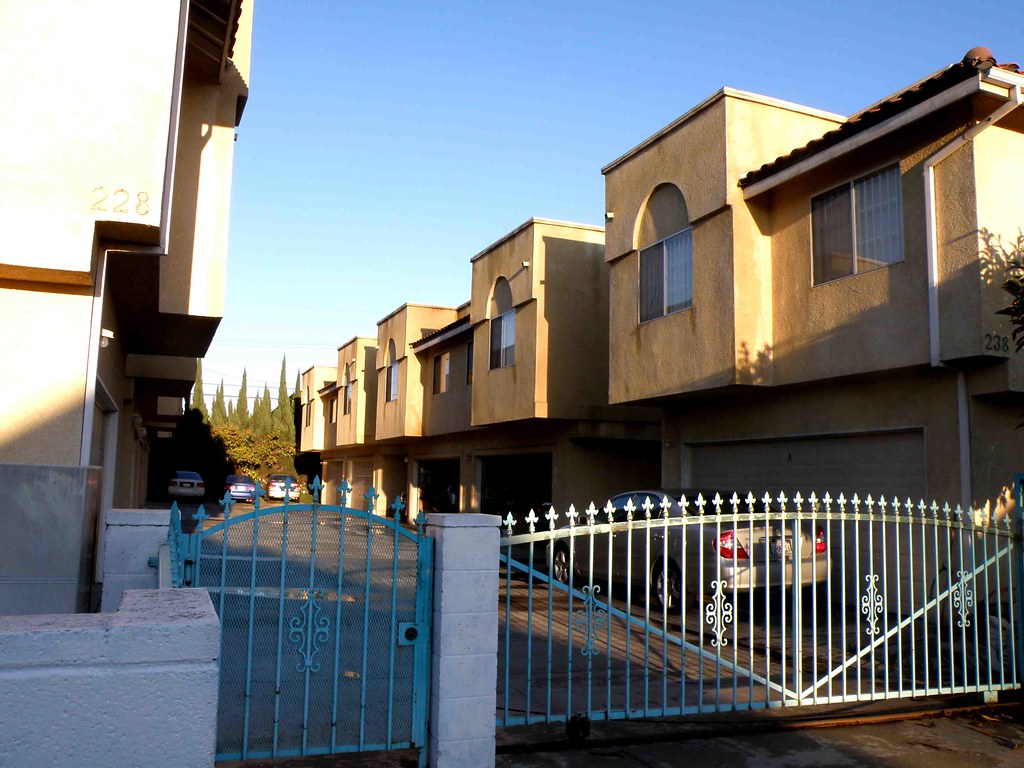
In 2022, when he was running for reelection, Newsom walked back the 3.5 million number when his administration set a new, less ambitious target: Cities would need to plan for 2.5 million new homes by 2030. So far, cities and counties have planned for 1.1 million new homes through their housing plans during Newsom’s tenure. Progress is being made, but the state is still far from meeting its goals.
Existing, single-family home sales are forecast to total 304,400 units in 2025, an increase of 10.5 percent from 2024’s projected pace of 275,400. California’s median home price is forecast to climb 4.6 percent to $909,400 in 2025, following a projected 6.8 percent increase to $869,500 in 2024 from 2023’s $814,000. The market is showing signs of recovery, but affordability remains a massive challenge.
California’s housing crisis didn’t develop overnight, and it won’t be solved quickly. But the state’s new blueprint represents the most comprehensive approach yet to tackling the problem. The combination of regulatory reform, enforcement tools, and strategic planning gives California its best shot at building the homes it desperately needs. The question now is whether political will can overcome decades of resistance and actually deliver the housing Californians need.






